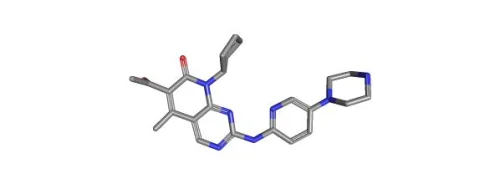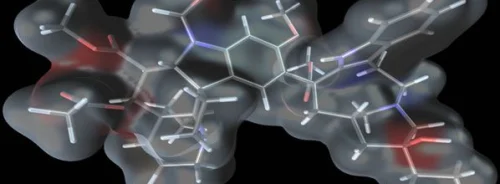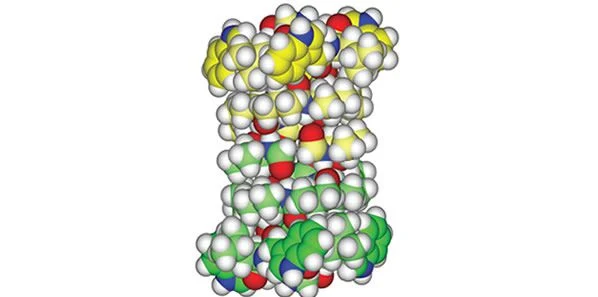A group of researchers from Weill Cornell Medical College in New York City have devised a drug screen that capitalises on the tendency of toxic compounds to alter the properties of the lipid bilayer that encases cells. The method is to be presented at the 59th annual meeting of the Biophysical Society.
As far as drug development is concerned, it is difficult to design a good drug that is not only able to garner FDA approval but can also effectively treat a medical condition without side effects that outweigh its benefits. In many cases, toxic side effects are discovered fairly late in the drug development process and by that time, companies have already invested a substantial amount of time and money.
Despite the fact that pharmaceutical companies use preclinical data and predictive algorithms to weed out drugs, several still slip through the cracks. This new screening method could potentially help manage this problem more effectively.
The screen is called the Gramicidin-Based Fluorescence Assay (GBFA). It repurposes an assay previously developed by Olaf Andersen and Helgi Ingolfsson. The screen tracks changes in the activity of a small protein coupled to a fluorescence signal and monitors changes in lipid bilayer properties. The logic behind this is that if a protein target alters lipid bilayer properties, it can also alter the function of numerous membrane proteins and can cause unwanted side effects.
The research was based on the hypothesis that changes in lipid bilayer properties are reliably correlated with a drug's cytotoxicity. In order to test this hypothesis, Sanford and her team did a blinded screen of 134 compounds provided by the Rockefeller University's High-Throughput Screening Center. They found that compounds characterised using high-content cytotoxicity screening showed greater rates of fluorescence quenching. Therefore, the higher a molecule's bilayer modifying effect, the greater is the likelihood that it would be toxic.
"This is our first study on toxicity and our results imply that the GBFA is a viable, cheap and straightforward option for predicting which compounds are likely to have off-target effects and potentially be cytotoxic, thus having the potential to indicate likely drug failures at an early stage in the development process," said Sanford. "We need to expand the library of compounds tested to more thoroughly vet the assay’s use in this way."
The researchers emphasise that changes in bilayer properties are not inherently negative and sometimes the off-target effects of a drug can make it useful for treating other conditions that the drug may not have been originally developed for.
Source: Biophysical Society
Image Credit: Andersen Lab, Weil Cornell Medical College






